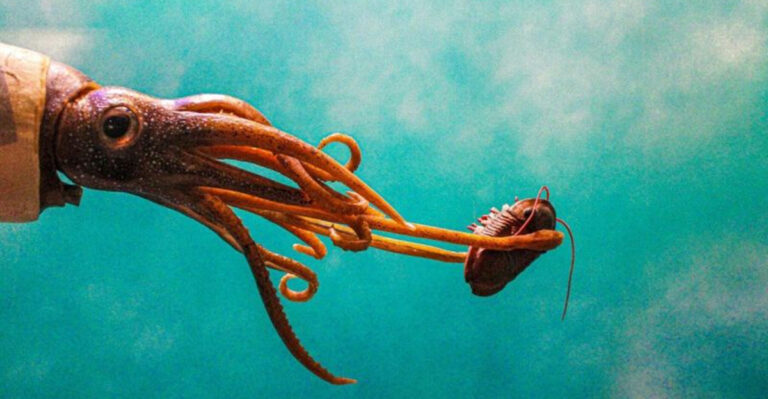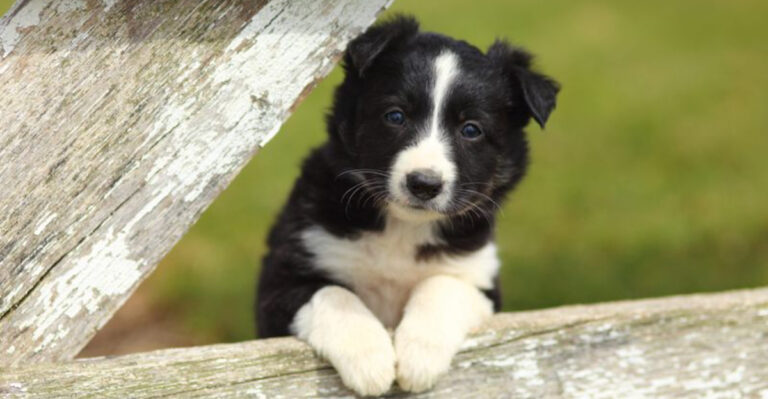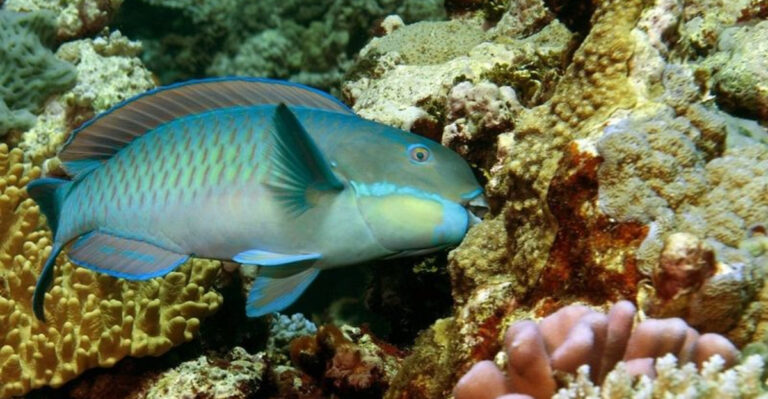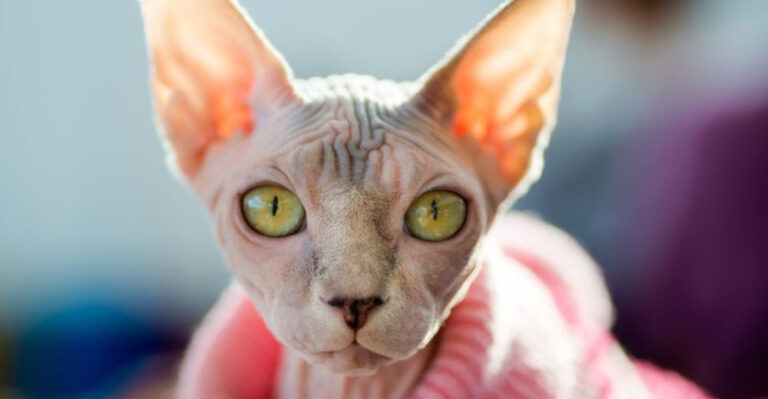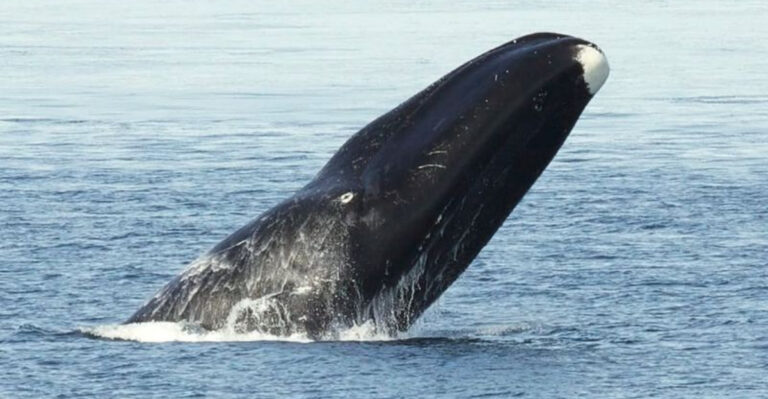How Elephants Mourn Their Lost Loved Ones – And What It Reveals About Them

Elephants share a remarkable emotional connection with humans when it comes to death and loss. These magnificent creatures demonstrate complex behaviors that suggest they understand and process grief in ways similar to our own.
Scientists have observed elephants performing specific rituals around their deceased herd members, touching remains with their trunks, and even returning to death sites years later – behaviors that offer fascinating glimpses into their emotional intelligence.
1. Trunk Touches As Final Goodbyes

Elephants gently caress the remains of their fallen family members with their trunks. This touching behavior resembles a final farewell, with the sensitive trunk exploring bones and bodies with remarkable tenderness.
Researchers have witnessed mothers standing beside their deceased calves for days, repeatedly touching and examining them as if trying to wake them or understand what happened.
Even when encountering the bones of unrelated elephants, they’ll often pause their journey to investigate and touch the remains.
2. Family Gatherings Around The Deceased
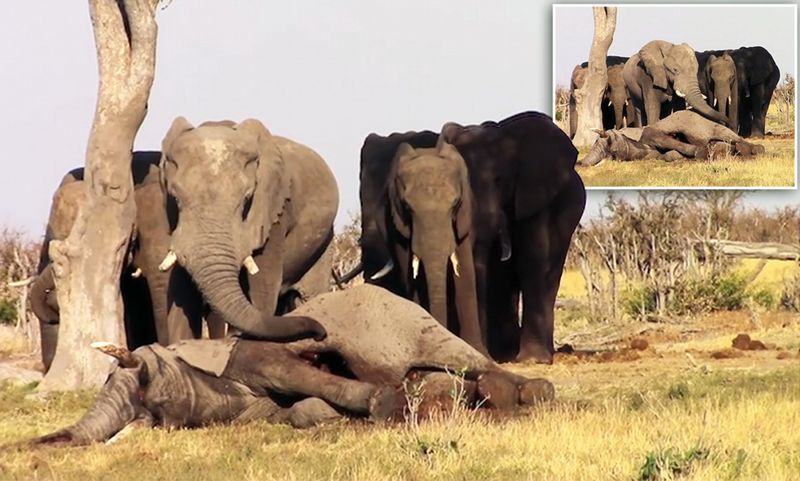
When a herd member dies, the entire family often gathers in a circle around the body. They’ll stand in silent vigil, sometimes for days, taking turns approaching the deceased.
During these gatherings, they’ll sway gently, rumble softly, and emit low-frequency calls that humans can’t hear. Young calves stay close to their mothers, watching and learning this important social ritual.
The family may bring branches and leaves to place over the body – a behavior some scientists compare to human burial practices.
3. Memory Sites Revisited For Years
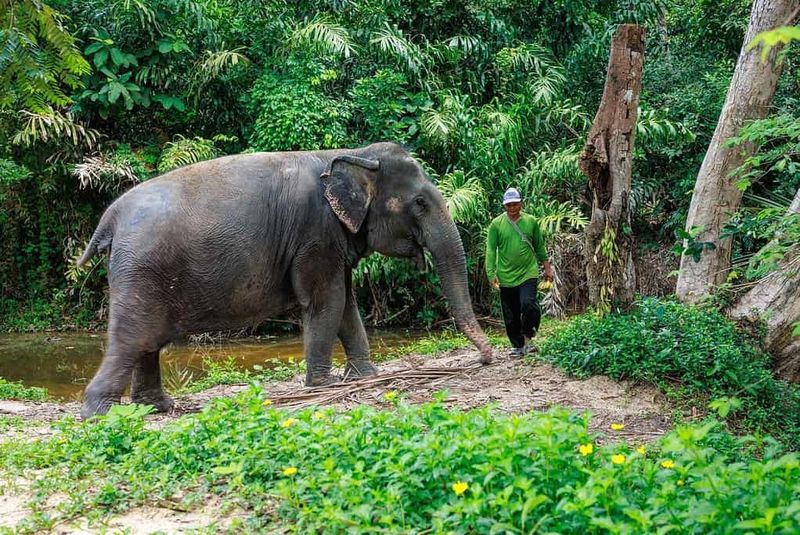
Elephant herds create mental maps of where loved ones died and return to these locations for years afterward. Matriarchs lead their families on these pilgrimage-like journeys, sometimes traveling significant distances just to revisit these memorial sites.
Upon arrival, they’ll stand quietly, often touching the remaining bones if any are present. Family members who weren’t present for the original death still participate in these visits, suggesting the knowledge of who died and where is passed down through generations.
This remarkable spatial memory demonstrates their deep social bonds.
4. Distinctive Sounds Of Mourning
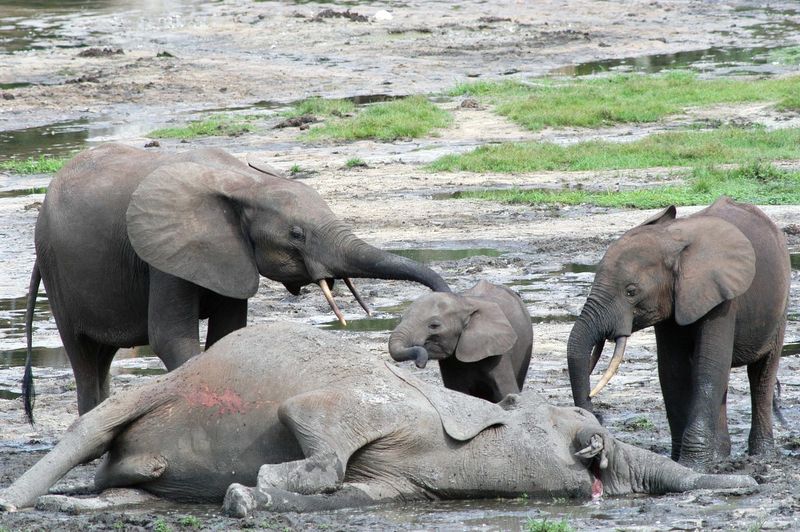
Grieving elephants produce specific vocalizations unlike their everyday communication. These sounds include rumbles so low humans can barely detect them, along with higher-pitched trumpets that echo their distress.
Scientists studying these mourning calls have identified unique acoustic patterns that only occur when elephants encounter death. The entire herd often joins in these vocalizations, creating a chorus of grief that can last for hours.
Calves learn these mourning calls by participating alongside adults, showing how emotional responses are culturally transmitted within elephant societies.
5. Protective Behaviors Toward The Dying
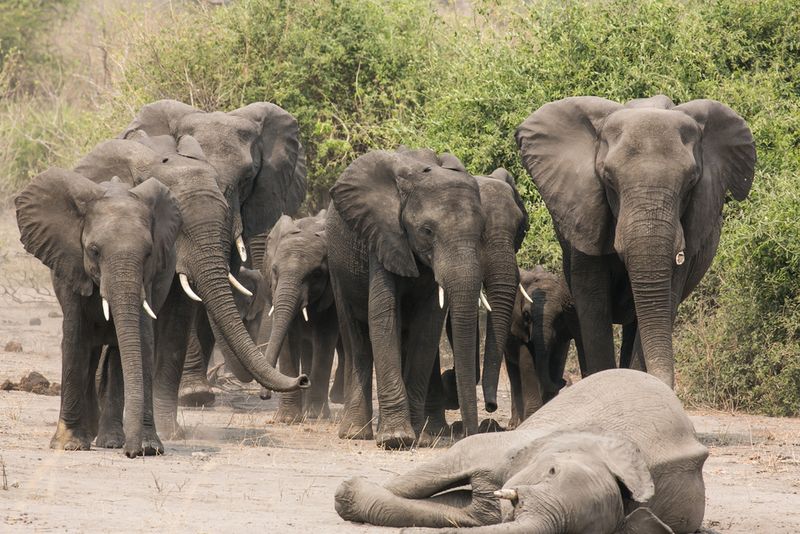
When an elephant is gravely ill or dying, herd members attempt extraordinary measures to help them. They’ll try to lift a fallen elephant to its feet using their trunks and bodies, sometimes supporting them for hours.
If these efforts fail, healthy elephants bring food and water to the dying individual. They may stand providing shade with their bodies during hot days.
These protective behaviors continue until well after death, with some elephants refusing to leave the body for days – standing guard against predators despite their own hunger and thirst.
6. Emotional Responses To Bones And Ivory

Elephants distinguish between elephant remains and other animal bones. When presented with elephant tusks or bones, they become visibly agitated and curious, often handling these remains with extraordinary gentleness.
In controlled experiments, elephants largely ignored the bones of other species but consistently approached and investigated elephant remains. This suggests they recognize their own kind even after death.
Most remarkably, elephants show particular interest in the skulls of their species, often rotating them carefully with their trunks and feet while examining them from different angles.
7. Changed Social Dynamics After Death
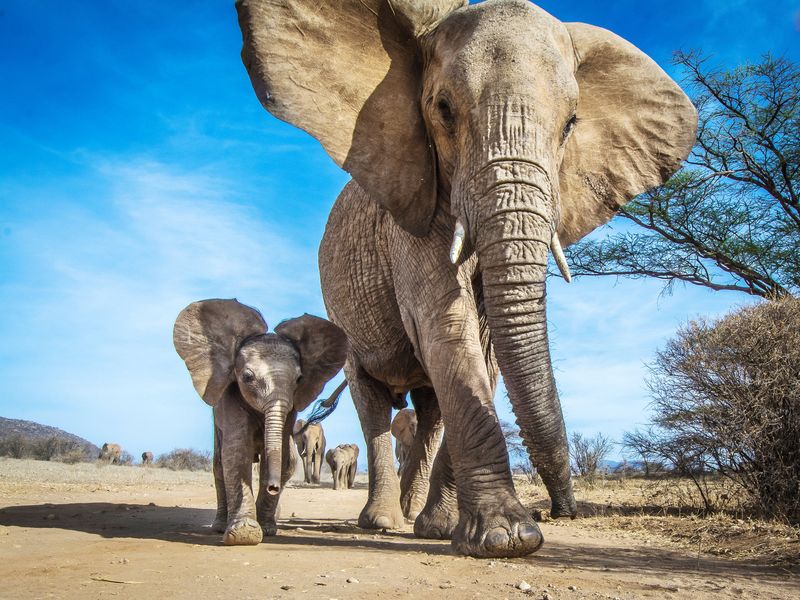
The loss of a herd member – especially a matriarch – dramatically reshapes elephant society. Younger females must suddenly take leadership roles, and the herd’s collective knowledge about migration routes or water sources may be compromised.
Orphaned calves often develop behavioral problems similar to PTSD in humans. They may become unusually aggressive or abnormally withdrawn.
The entire family’s movement patterns typically change after a death, with some herds avoiding the death location while others visit it repeatedly.
These social disruptions can last for years, highlighting how integral each individual is to the group.
8. Cross-Species Compassion In Grief
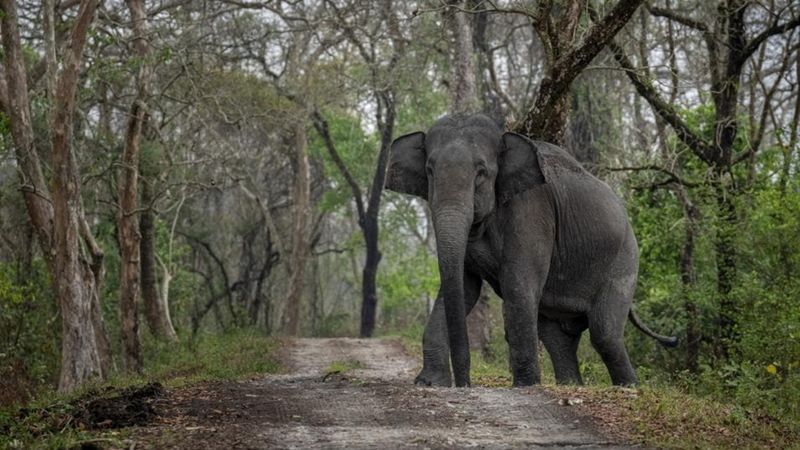
Elephants sometimes exhibit mourning behaviors toward deceased humans and other animals. Wildlife rangers have documented cases where elephants discovered human bodies and covered them with branches and dirt – the same behavior they show toward their own dead.
In Kenya’s Samburu National Reserve, a family of elephants visited the home of a conservationist who had worked with them for years after his death. They hadn’t been to his house for months before his passing.
Conservation researchers believe these behaviors demonstrate elephants’ capacity for cross-species empathy and recognition, suggesting their emotional lives extend beyond their own kind.
9. Grief’s Impact On Physical Health

Mourning elephants often stop eating and drinking during intense grief periods. Their physical health visibly deteriorates, with researchers noting weight loss and increased susceptibility to disease following the death of close family members.
Mother elephants who lose calves sometimes produce stress hormones at levels five times their normal baseline for weeks afterward. These physiological responses mirror what happens in grieving humans.
In extreme cases, elephants have died shortly after losing their closest companions – a phenomenon some researchers compare to humans who die of “broken hearts” after losing spouses.
10. Burial-Like Rituals With Natural Materials
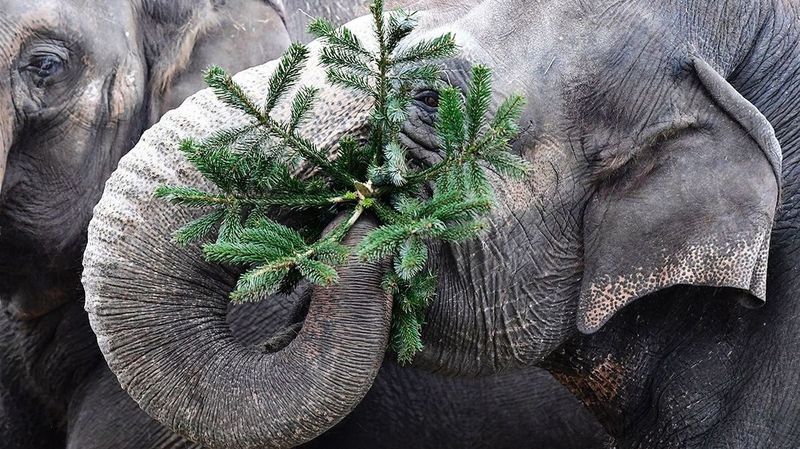
Elephants perform behaviors that resemble primitive burial rituals. They’ve been observed covering deceased herd members with branches, leaves, and dirt in deliberate, careful movements.
These coverings aren’t random – elephants will travel considerable distances to gather specific materials. They’ll return repeatedly to add more covering over several days. Some researchers theorize this behavior serves practical purposes like masking scent from predators, but the ceremonial nature of the activity suggests deeper meaning.
The careful selection and placement of materials resembles the earliest human burial practices found in archaeological records.
11. Heightened Alertness To Death Threats
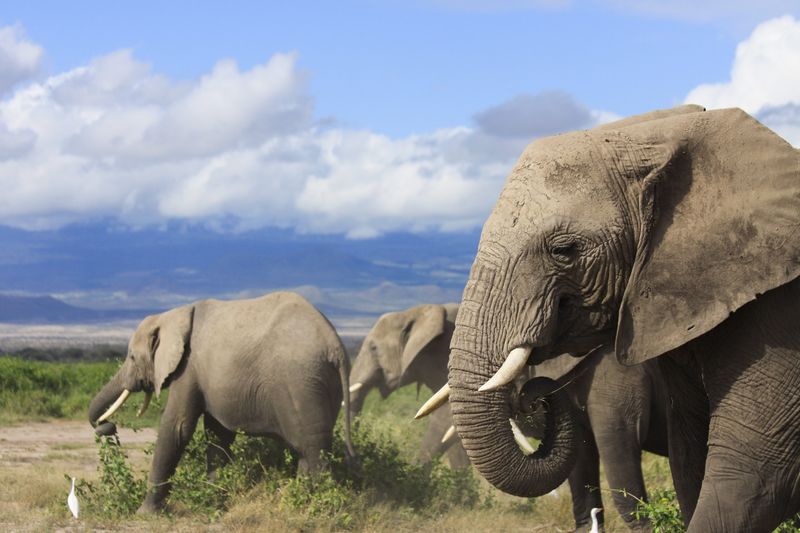
Elephants who have witnessed herd members being killed by humans develop long-term vigilance behaviors. Herds that have experienced poaching show measurably different reactions to human scents, voices, and vehicles compared to those without such trauma.
They’ll actively avoid areas where deaths occurred, sometimes for generations. When forced to pass through these locations, they move quickly and silently. Young elephants in these traumatized herds learn these cautious behaviors from watching adults.
Researchers studying African elephants have documented these responses persisting in families for over 40 years after poaching incidents.
12. Empathetic Assistance For The Grieving
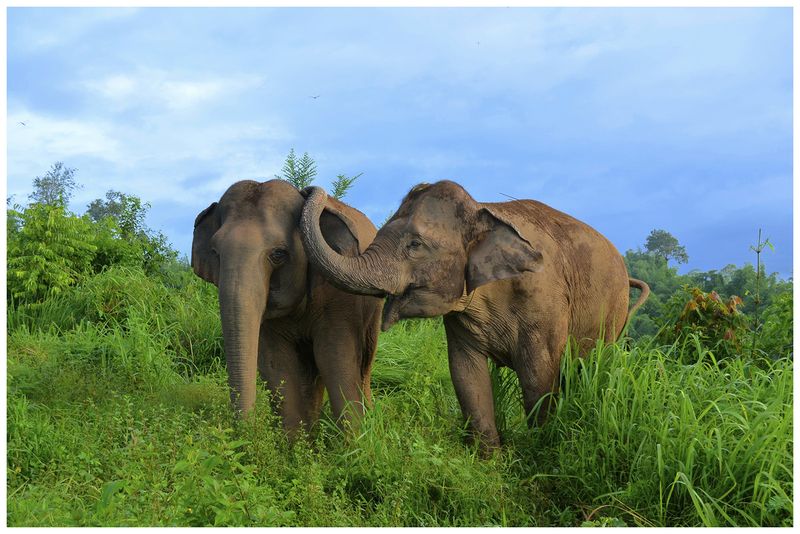
Elephants provide remarkable support to grieving herd members. When a mother loses her calf, other females often surround her, making soft rumbling sounds and touching her with their trunks in apparent consolation.
These “aunties” sometimes take turns staying with the grieving mother while the rest of the herd moves on to feed. They’ll bring her food and water, encouraging her to eat.
Young elephants orphaned by death are frequently adopted by other lactating females who allow them to nurse alongside their own calves – a level of altruism rare in the animal kingdom and evidence of their deep emotional connections.

